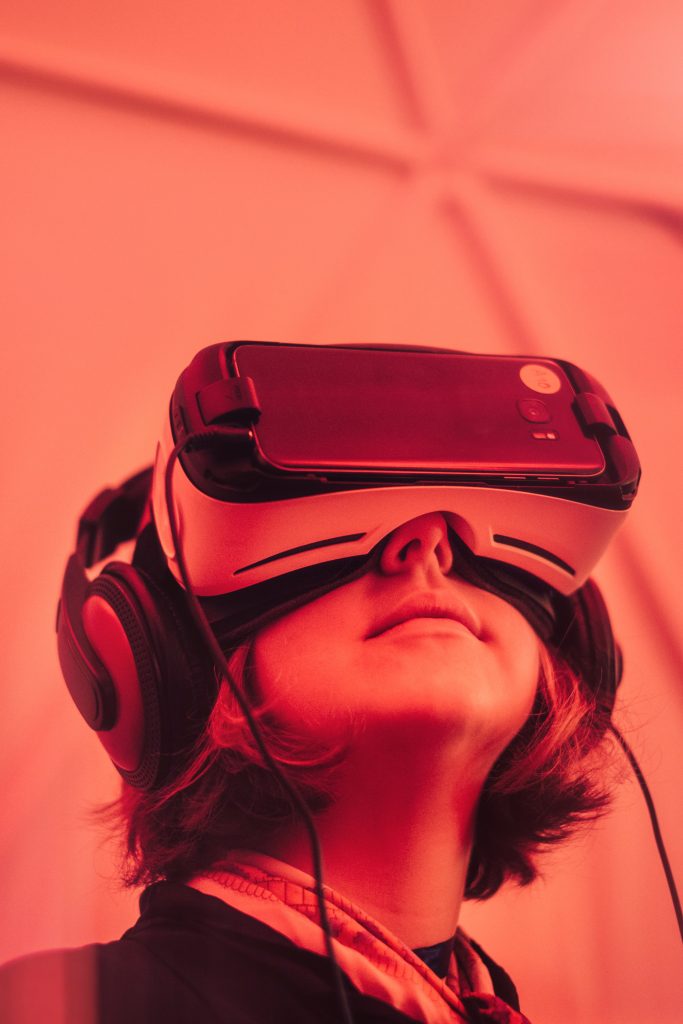
Following the events of the tragic high school shooting in Parkland, Florida, issues surrounding school safety are widely discussed amongst the Trump administration. Amongst his many statements, President Trump has made several comments suggesting video games are linked to real-world gun violence and are “shaping young people’s thoughts”. Currently, despite the reports, there are no scheduled meetings between Trump and games industry executives, clarified by the Entertainment Software Association.
The general consensus is that these statements are completely false and negatively portray an otherwise extremely lucrative global industry. “The current issue with school safety being discussed is not a global issue, it’s a USA issue. If video games were the problem, then every country would be suffering from this,” said Josh Stein, Xbox community manager.
The truth behind this statement cannot be overlooked and supports the notion that Trump is attempting to blame the video games industry rather than directing attention towards the state of US gun laws. A viral video circulating on Facebook shows a thirteen-year-old boy trying to buy a scratch card, but he isn’t served since he’s underage. However, the same boy walks up to a licensed gun salesman and walks away with a bolt-action hunting rifle. If that doesn’t prove a point, then what will?
Turning to the research
Governing organisations, publishers, manufacturers and communities do a lot to prevent young people from being exposed to violent content in video games. This became more of a talking point since research, approved by then President Obama in 2013, saw that exposing young children to video game violence on a regular basis, heightened their levels of aggressive behaviour and violent tendencies.
Furthermore, the same group of children had more hostile responses to questions surrounding if they would conduct acts of violence in given situations. By contrast, Christopher Ferguson of Stetson University noted that the regular rise of video game popularity is not met with an increase in violent crime from adolescents.
While there is an ongoing debate and a clear demand for further research, the industry itself has been putting schemes and restrictions in place to prevent this issue. For example, age limits on mature games have existed for years and parental controls on mobile phones and games consoles are becoming more sophisticated. With the launch of the Nintendo Switch last year, parents and guardians have been able to set a timer on the console, so the exposure of adolescents to video games can be limited.
The current state of the problem
So, if the industry itself isn’t directly causing these issues, then focus must be directed towards what others can do to limit the exposure of young people to violent video game content. One key example could be the current generational gap between parents and their children, where some simply aren’t aware of what their children are playing on a daily basis and subsequently overlook the age restrictions that are put in place. This, however, should improve with time, as the world grows further into the current, technological paradigm and becomes more knowledgeable of its risks, particularly to younger generations.
While President Trump’s comments don’t exactly stack up in relation to being a cause of gun violence, they do at-least, prompt us to think more about what those around us are exposed too. In relation to gun crime in the USA, that is its own, integral issue and targeting successful, global industries as its cause is not the way to diffuse the current political stigma. •
